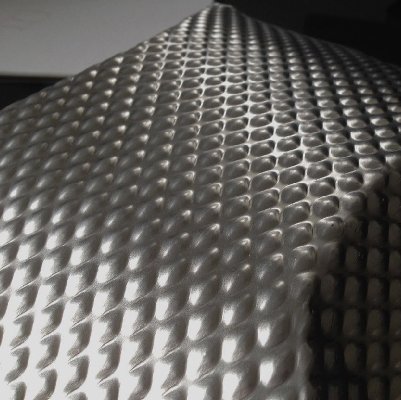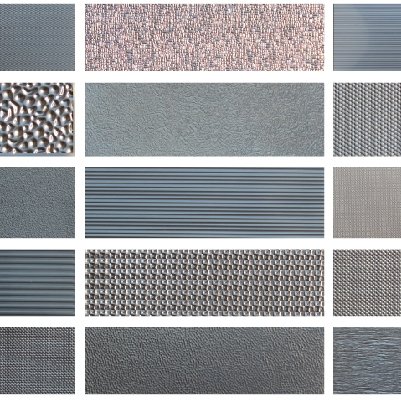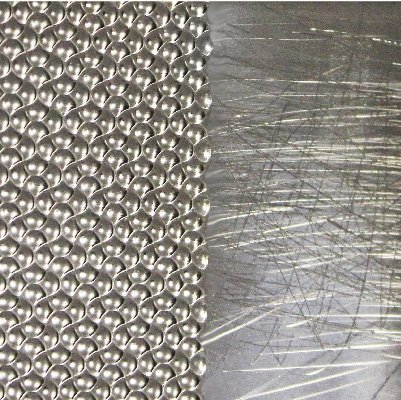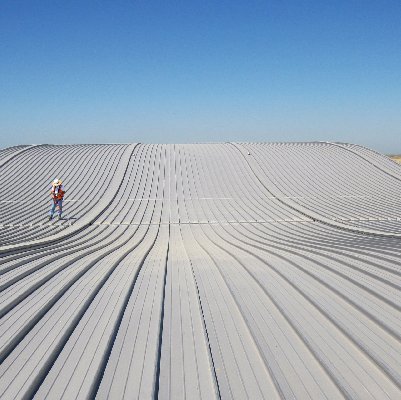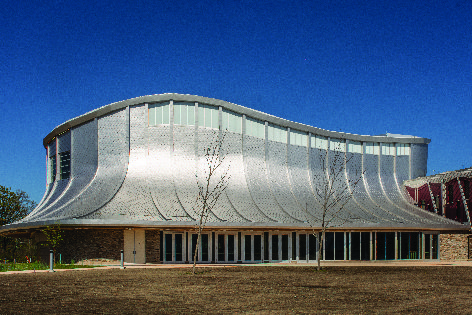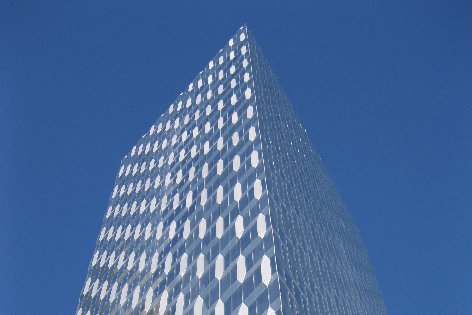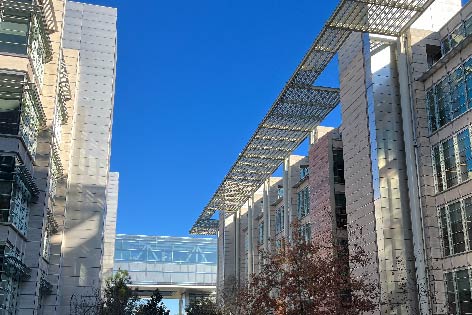
Environmental Sustainability
Textured stainless steel is playing an important role in sustainable design and alternative energy evolution.

Social Sustainability
Rigidized® Metals is proud to share our expertise and collaborate on initiatives that are inclusive, equal and sustainable to our local community and the world as a whole.

Economic Sustainability
Rigidized® Metals’ products will last the useful life of most applications, with little or no maintenance required, leading to lower long-term costs due to maintenance and replacement.

Environmental Sustainability
Rigidized® Metals products are a great marriage of beauty and utility. Textured stainless steel is playing an important role in sustainable design and alternative energy evolution. Ultimately, the most environmentally friendly materials are corrosion-resistant and durable, have high recycled content and recapture rates, provide long service life and reduce resource use. Rigidized® Metals engineered surfaces provide all of these benefits. If the correct alloy is selected and properly maintained, it will last the life of the project.
Environmental Benefits of Rigidized® Metals Products
Rigidized® Metals products have a variety of benefits for various uses of our materials and systems. In building applications, we are able to provide solutions that provide high permanent solar reflection that does not degrade over time. We offer products that have benefits to health and safety, resource reduction, recyclability and opportunities for reuse. Industrial products also benefit from increased efficiencies in heat exchangers, transportation, food processing and other industries.
Weight, Material and Resource Reduction
Rigidized® Metals products are design-strengthened to last. Adding an engineered surface to flat rolled metal materials serves to promote part stability, which allows, in a majority of applications, thickness reduction, or the use of lighter gauges (thickness of metal). This facilitates greater utilization of limited resources because of significantly improved strength-to-weight ratios. For example, down-gauging from 16GA to 18GA results in a material savings of 20%. Using less metal creates less strain on resources and the environment. It also makes moving parts and vehicles more efficient in their operation, which saves further resources, most especially energy. Further, the fact that we source the vast majority of our input materials from US-based sources, means less energy is used to make our products than many competing metal material producers.
Reduce, Reuse, Recycle
Metal materials have a high degree of recyclability. We have the good fortune in the United States to have readily available local scrap sources that minimize transportation to and from melting facilities. The high value of metal scrap, especially of our leading products of stainless steel and aluminum, coupled with this active recycling market in our country, minimize the degree of metals ending up in a landfill. Additionally, metal components that reach the end of their intended life can very often be reused, because these parts might be still quite serviceable.
A vast majority of the metals Rigidized® Metals transforms are steel and aluminum. Both materials have high levels of recycled content and are 100% recyclable. On average, the recycled content of stainless steel is 60%. Throughout the stainless steel industry, it is widely accepted that any given “heat” of stainless will be composed of the following materials:
- 25% post-consumer waste*
- 35% post-industrial waste*
- 40% raw materials*
In North America and other parts of the world, which have historically used more stainless steel, recycled contents can be higher. The stainless steel producing members of the Specialty Steel Industry of North America have indicated that the average recycled content of the 300 series stainless steel grades that are used in the architectural, building and construction markets is approximately 75-85%*.
Finally, steel is North America’s #1 recycled material. Each year, more steel is recycled in the US than paper, plastic, aluminum and glass combined. This is because steel scrap is 100% recyclable, has a high scrap value, an infinite recycling cycle, and is an essential raw material in making new steel. As a result, each year millions of tons of steel are recycled at the end of their service life, diverting material from landfills and recapturing for use in new steel. This use of steel scrap to make new steel conserves energy, reduces emissions and conserves natural resources**.
Metal components that reach the end of their intended life can very often be reused, because these parts might be still quite serviceable.
*Source: Specialty Steel Industry of North America
**Source: Steel Recycling Institute (SRI)
Environmental Impact & Responsibility
Our philosophy regarding architectural metals is to select a product that will last the useful life of the building or installation with little or no maintenance. This usually results in the least long-term cost to a building owner. In addition, significantly less harm can be made to the environment by using long life materials as opposed to more commonly used materials that require maintenance and replacement. Learn more, here.
For more information please visit www.usgbc.org.
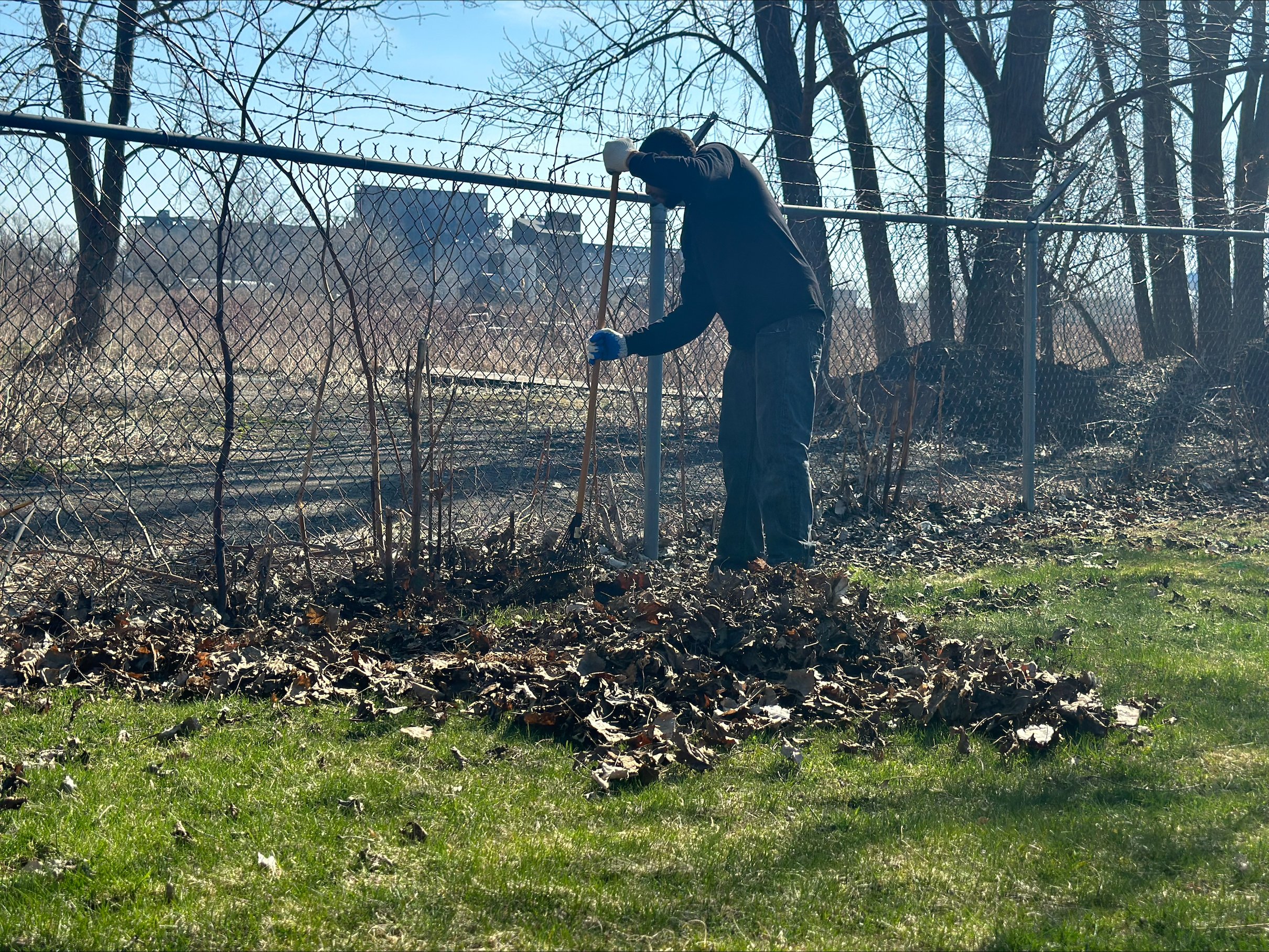
See what the RGDZRs are doing to impact environmental sustainability for Rigidized® Metals.
Explore additional benefits of Rigidized® Metals’ engineered surfaces.


